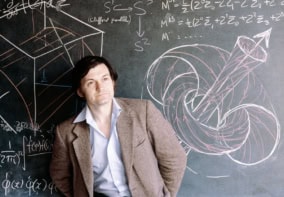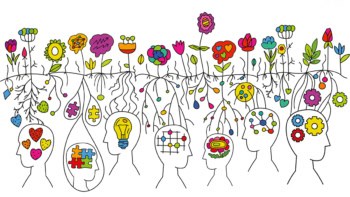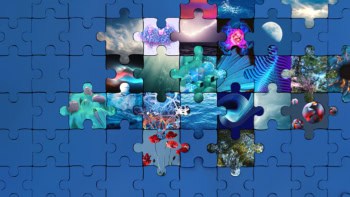
The US physicist Arthur Ashkin, who shared the 2018 Nobel Prize for Physics for his contributions to laser physics, died on 21 September aged 98. His most famous work concerned the use of laser light to manipulate microparticles, which led him in the 1980s to create “optical tweezers” that could be used to trap and control atoms, viruses and bacteria. For this development he shared the 2018 Nobel prize with Gérard Mourou and Donna Strickland for their “groundbreaking inventions in the field of laser physics”.
Ashkin was born on 2 September 1922 in New York City, US. He completed a degree in physics from Columbia University in 1947 followed by a PhD from Cornell University in 1952. After his PhD, he moved to Bell Labs in New Jersey where he remained for the rest of his career. It was at Bell Labs where he pioneered the use of laser to manipulate objects. In 1970 Ashkin showed that forces generated by laser beams can trap tiny dielectric particles in air or water. The scattering of light pushes the particles in the direction of beam propagation so two counter-propagating beams will stop a particle from moving along the axis of propagation. Arthur Ashkin, Gérard Mourou and Donna Strickland win the Nobel Prize for Physics
A major improvement came 16 years later, when in 1986 Ashkin showed that it is possible to trap particles using just one laser beam – rather than a counter-propagating pair. This optical trap, known as optical tweezers, could hold particles ranging in size from tens of nanometres to tens of microns – a range that allowed the study of viruses, bacteria and other biological cells. To manipulate such living organisms in a way that would not damage them, Ashkin switched the laser light from green to infrared light. Optical tweezers have since proved invaluable to biophysicists, who have used them to measure the forces involved in biological processes such as the transport of organelles within living cells, how bacteria are propelled by rotating flagella and how forces affect large biological molecules such as DNA.
Ashkin retired in 1992 and held 47 patents through his career. In 2013 he was inducted into the US National Inventors Hall of Fame and in 2018, at 96, became the oldest person ever to receive the physics Nobel prize. Given Ashkin’s health, he was unable to attend the Nobel prize ceremony and his Nobel lecture was instead delivered by his colleague René-Jean Essiambre following a short video greeting by Ashkin.



